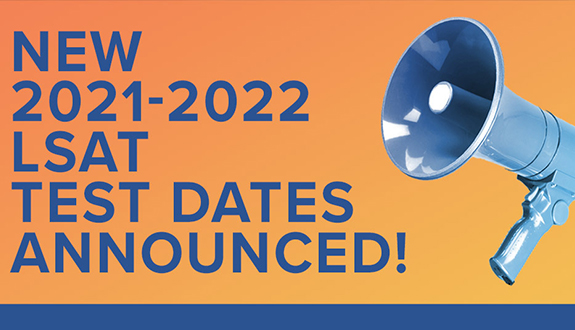
It feels like an eternity has passed since LSAC canceled the April exam and announced the LSAT-Flex. Since that April 7th announcement, we’ve pontificated about what the new Flex exam entails, watched multiple LSAC webinars about the LSAT-Flex exam, held a few of our own, built an online calculator for Flex-practice tests, then developed our own first-of-its-kind crash course specifically for the Flex exam (and we’ve even started another crash course, for the June Flex-exam).
But now, finally, the LSAT-Flex has arrived. Over Monday and Tuesday, 12,500 future law students took the first at-home, remotely proctored LSAT. So … how did it go?
Well, on the whole, relatively smoothly. But there were also enough major issues that there’s a good chance that, if you took the Flex exam this week and read that last sentence, you’d think “relatively smoothly” is a ridiculous thing to say about your testing experience.
Here’s what I mean: There’s a good chance that you logged onto ProctorU at the time you were scheduled to take the LSAT-Flex — especially if that time was early Monday morning or Tuesday afternoon — and you were immediately connected with a proctor, who walked you through a check-in process that was less draconian than you may have feared. You soon began section one of your test, which you completed without any technical issues. There was a 60-second countdown to begin section two, but you could elect to skip the countdown and begin section two when you felt like it, giving you more control over the test-taking experience than the typical LSAT taker. You experienced no technical issues in section two, and then began section three. You completed that section. Your proctor instructed you to tear up your five sheets of scratch paper on camera, and you then logged off. For you, the LSAT-Flex was a smooth and — all things considered, this is still an LSAT, after all — relatively painless experience.
But there was also a smaller, but not insignificant chance, you logged onto ProctorU at the time you were scheduled to take the LSAT-Flex — especially if that time was late Monday afternoon or evening — and you had to wait to get connected to a proctor. You had to wait, and wait, and wait, and wait some more. Maybe you were waiting for over an hour, 90 minutes. Some poor souls had to wait over two hours before they finally got connected to a proctor. You finally got connected to a proctor, who took you through the check-in process. But then when you began one of the sections, you got disconnected from the exam. Or the proctor interjected with some unnecessary instruction. Or the proctor accidentally shared a screen, or took over your screen, or otherwise interfered with the test-taking process, costing you valuable time. Maybe when the sections were finished, your proctor forgot to tell you to tear up your five sheets of scratch paper on camera, and then you got a message that this was part of the security protocol of the LSAT-Flex, and you got worried that the whole ordeal you just endured would be for naught. For you, the LSAT-Flex was a rough experience.
We’ve spoken to a lot of students who took the LSAT-Flex exam, and most test takers fell into the former “relatively smooth and painless” camp. However, many students fell into the latter “rough experience” camp. If you did fall into that latter camp, we recommend that you report your experiences to LSAC, in writing, by emailing them at centercomplaint@LSAC.org. Be brief, and be factual. There were a lot of these complaints. We hope LSAC will do some mass make-right for the test takers affected by long wait times, technical issues, proctor miscues, etc. Just make sure you have your complaint in, so you can be included in this potential make-right.
But the upside? Especially if you’re reading this as you prepare for the June LSAT-Flex? It seems like LSAC and ProctorU got their act together between Monday and Tuesday. It seems to us like most of the long wait times for test takers occurred on Monday because there weren’t enough proctors to handle the volume of test takers. ProctorU allegedly increased the number of proctors working on Tuesday and there were fewer complaints of long wait times. Given the improvements to the test experience from Monday to Tuesday, we’re hopeful that the June LSAT-Flex — and the July LSAT, should that be held as a Flex exam as well — will go much more smoothly.
And as for the test itself? It seems like there were multiple versions of the exam that different test takers received. So not all test takers received the same Reading Comp, Logic Games, or Logical Reasoning sections. Some Reading Comp and Logic Games sections seemed like they may have been harder than others, but we didn’t hear any reports of brutally difficult games or passages. So, as promised, LSAC didn’t make this LSAT-Flex “harder” to compensate for the fact that it’s shorter. And remember, “harder” exams tend to get balanced out with more generous “curves.” So you if you happened to have one of the “harder” RC or LG sections, you probably won’t have to answer as many questions correctly to earn that target score.
So, what’s the verdict? It seems, all things considered, the LSAT-Flex went pretty well. This is good news for everyone taking the June LSAT-Flex, and even better news for anyone who might be worried their LSAT will also be canceled in the future. Either way, you can be sure we will help you prep for the LSAT safely at home and make sure you’re confident on test day!



